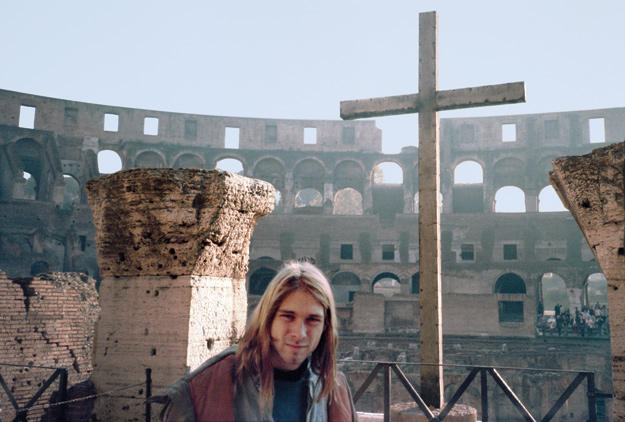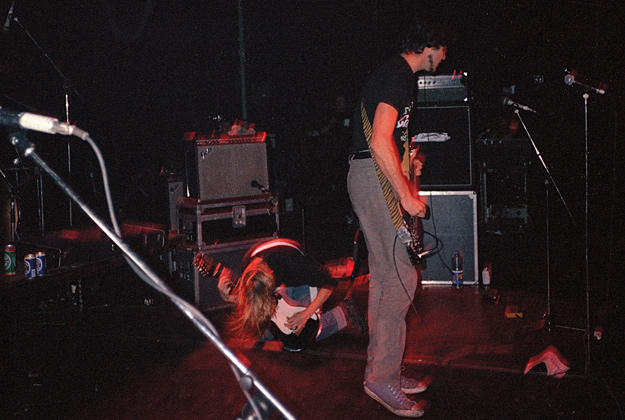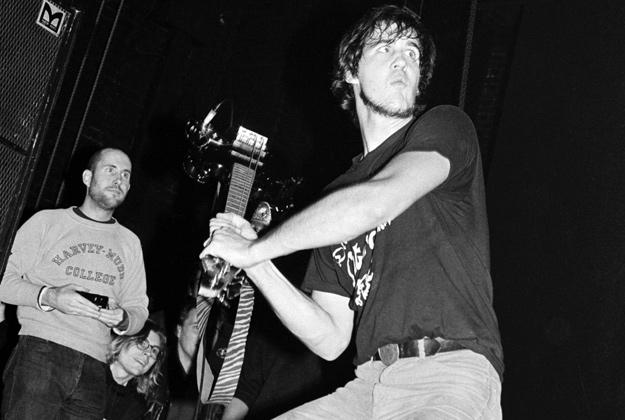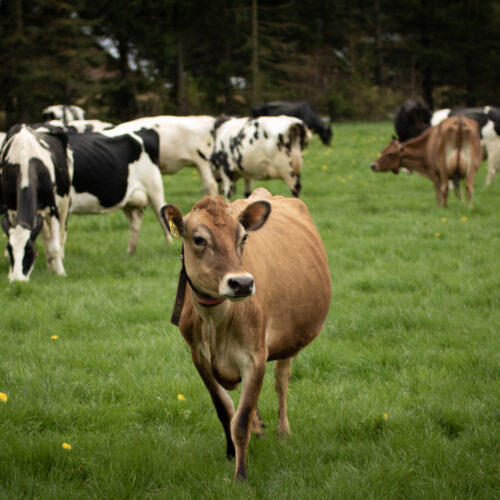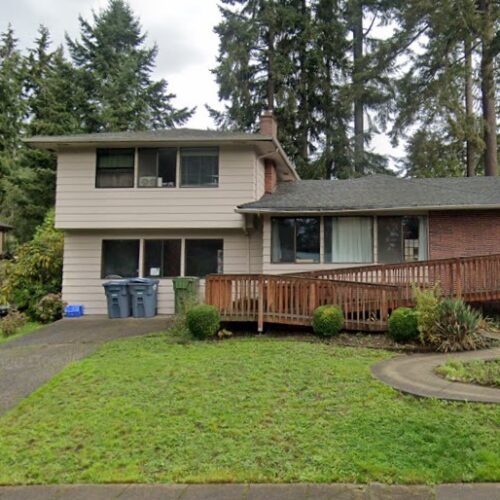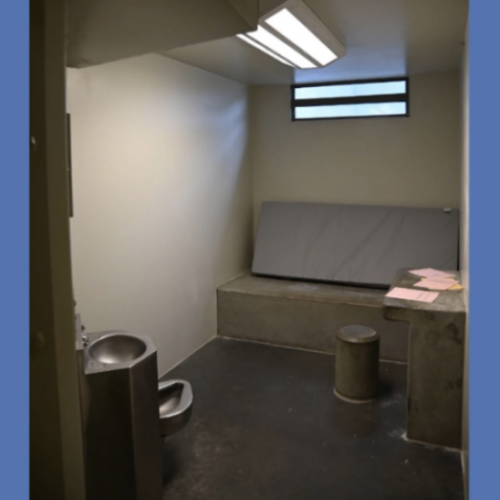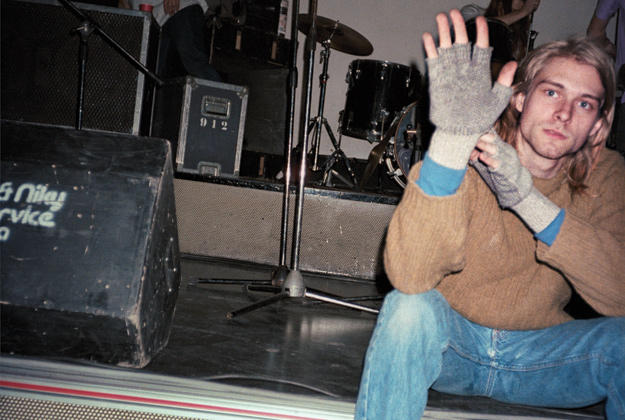
Experiencing Nirvana: An Interview with Sub Pop Co-Creator Bruce Pavitt
Listen
Next month is the 20th anniversary of Kurt Cobain’s death. Two decades have passed since the lead singer of Nirvana committed suicide, yet there’s continuing interest in his life. Recently, a press photographer released photos of the dingy L.A. apartment Cobain shared with Courtney Love. Before that, Seattle police found and developed four rolls of film connected with Cobain’s death. They’ve been in an evidence locker since 1994. While these images of disarray and death may titillate, another set of photographs celebrates the beginning of the singer’s career. Bruce Pavitt’s book, Experiencing Nirvana: Grunge in Europe 1989 is full of intimate, behind-the- scenes photos taken during Nirvana’s first European tour. This was before their chart-topping album Nevermind. It was before grunge music went main-stream, and before everyone had the internet. That last part is important because if it weren’t for the small indie record label, Sub Pop, Nirvana might have been a never-mind band.
Bruce Pavitt’s business partner, Jonathan Poneman, was given a demo tape by Seattle Producer Jack Edino. After listening to the tape Pavitt decided to hear the band live.
“After John and I checked out the demo we invited the band out to play a showcase at the Central Tavern in Pioneer Square in early April, 1988,” says Pavitt. “The band was pretty rough around the edges at the time. They didn’t really have many songs worth noting and their live performance was a little weak, but Kurt Cobain had an amazing voice. So we decided to sign them based on his voice.”
It was the raw talent of Cobain that Pavitt wanted to take on tour in Europe to propel the Seattle Sound.
“We took Nirvana, Tad and Mudhoney to Europe because the British music media was the most powerful music press in the world,” says Pavitt. “You have to remember this is a pre-internet Europe. For music fans to get in-touch with new music, even in the States, a lot of fans would read the British magazines. The world’s information was not a click away. If you wanted to discover new music you would have to drive into Seattle and go to one of the few Indie record stores around to discover some of this music; pick up Melody Maker, Sounds or maybe Maximum Rock n Roll or some of the underground fanzines in the United States. So discovering new music was a real process, a real commitment. The information as not just a click away.”
It’s hard to imagine that someone with personal photos of Nirvana would take so long to share them. But after Cobain’s suicide, Pavitt couldn’t bring himself to look at the photos.
“To be perfectly honest, after Kurt’s passing I had a very hard time listening to Nirvana’s music. I packed up a lot of my memorabilia in a box and stashed it away. It was only through time that I was able to kind of come to terms with Kurt’s death, and revisit that period. A lot of these photos are very personal. These are basically intimate photos of friends hanging out and playing music. They’re not professional photos by any means but I think they capture a certain intimacy, a certain camaraderie, a certain connection. It was sad for me to revisit that time. In piecing together the book I feel like there was a real healing process.”
Bruce Pavitt will be speaking with Mark Baumgarter, author of Love, Rock Revolution and editor-in-chief of the Seattle Weekly, about Nirvana and grunge at BookPeople of Moscow March, 29th at 7pm.
Related Stories:

Idaho doctor: Abortion access ‘integral to the practice of OB-GYN’
Idaho has one of the strictest abortion bans in the country. On April 24th, the U-S Supreme Court is scheduled to hear oral arguments in a case to decide whether Idaho’s ban violates a federal law mandating emergency care. Continue Reading Idaho doctor: Abortion access ‘integral to the practice of OB-GYN’
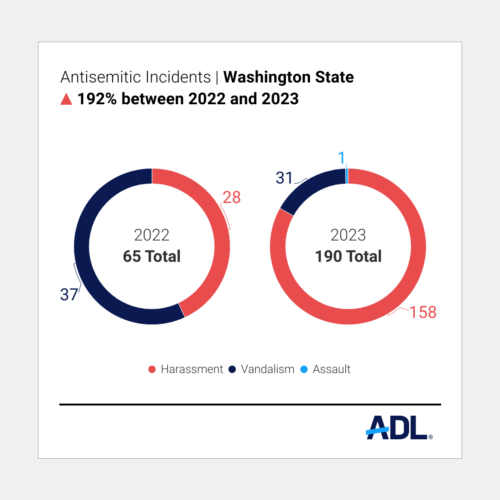
Audit finds marked increase in antisemitic incidents
According to a new report released April 16, by the Anti-Defamation League, 2023 had the most reported incidents of antisemitism nationwide since the organization began tracking incidents of antisemitism in 1979.
Last year, there were 8, 873 reported incidents of antisemitism nationwide, which the organization averages to one incident every hour.
Continue Reading Audit finds marked increase in antisemitic incidents
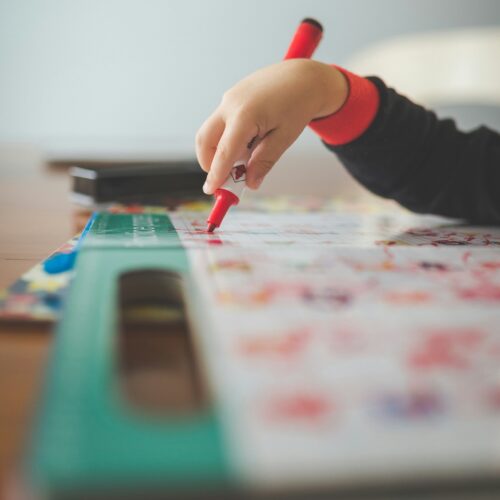
Nueva ley de WA sobre DEI en educación divide a residentes de Prosser
Las escuelas de Washington deben incluir en sus planes de estudios la historia y las contribuciones de grupos marginados y poco representados en el marco de la diversidad, la igualdad y la inclusión. Sin embargo, en Prosser, la ley recién aprobada ha causado divisiones. Continue Reading Nueva ley de WA sobre DEI en educación divide a residentes de Prosser

